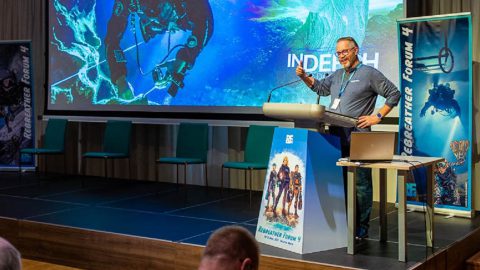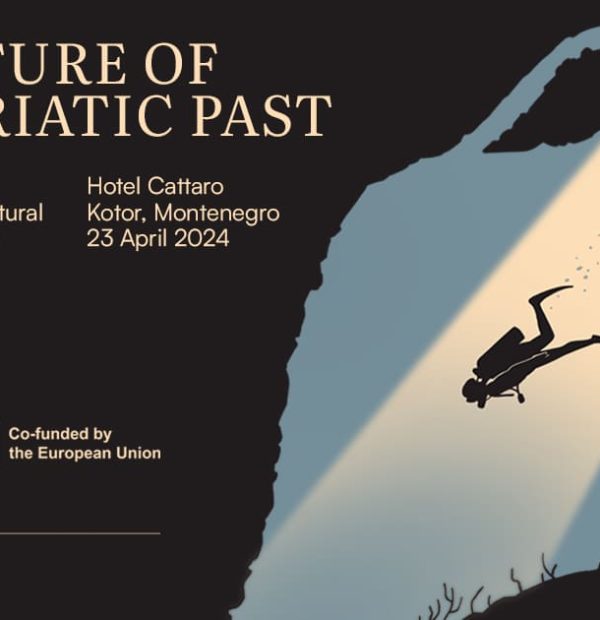Thursday, 16 May 2024
Menu

The HKU researchers hope that their work will help restore the reefs in Hong Kong waters. They also hope that the special tiles will make it possible to take care of their biological diversity and become an effective tool that can be successfully applied in other regions of the world.

According to the researchers, corals embedded in specially designed plates have a much better chance of surviving and thriving on the seabed.
The project was commissioned by the Department of Agriculture, Fisheries and Conservation (AFCD) as part of its active management of coral communities. Architects from the Robotic Fabrication Lab and marine scientists from the Swire Institute of Marine Science (SWIMS) at HKU collaborated to create 3D tiles and then monitor the development of coral communities in the marine park.

The park in question is a local biodiversity hotspot, comprising more than three-quarters of all reef-forming corals in Hong Kong and more than 120 species of fish. However, in recent years, the gradual degradation of coral habitat, a process known as bioerosion, combined with coral fading and mass mortality incidents in 2015-2016, has seriously threatened the future of the reefs there.

As part of the ongoing project, special three-dimensional reef tiles were created in terracotta. Then in July 2020, at three selected locations in the marine park: Coral Beach, Moon Island and a sheltered bay near the WWF Marine Life Centre, an area covering a total of around 40 m² was created from them.

The researchers specifically designed the plates to aid coral recovery and provide a structurally complex base for coral attachment. In doing so, they prevent sedimentation, one of the main threats corals face. In short, they provide an anchor for Coralsof Opportunity (COPs), which are released coral fragments that will not survive on their own, thus giving them a second chance to grow.

Tiles seeded with coral fragments were set up in July 2020. Three species commonly found in the region were selected for the study: Acropora, Platygyra and Pavona. They have different growth forms, creating a diverse environment for other marine species. Marine scientists from SWIMS will investigate the effectiveness of restoration using mono, poly and a mix of the three species mentioned. Now coral growth on the plates the researchers will monitor for the next year and a half.

128 reef tile pieces with a diameter of 600mm were printed using a robotic 3D printing method. All three-dimensional tiles were created using typical terracotta clay and then fired at 1125°C. When designing the tiles, the creators were inspired by the patterns typical of coral. They also integrated several performative aspects relating to the specific conditions of Hong Kong waters.

In addition to the novel design of the three-dimensional tiles, the researchers also used more environmentally friendly materials than conventional concrete and metal. The creators first printed the tiles in clay and then hardened them to terracotta in a kiln. The team plans to expand the collaboration to include new projects with additional features to recreate the region’s seabed.

Scientists hope that this new method of creating artificial reef slabs will help to more effectively restore corals and protect biodiversity. They also hope it will become an important contribution to ongoing global efforts to save degraded coral reef systems.










Welcome to DIVERS24.COM, your daily source of scuba news, freediving, scuba diving information, and equipment reviews. Our comprehensive coverage of the dive industry from A to Z provides you with all the latest scuba news, training updates, underwater photography tips, and everything else related to scuba diving. Whether you’re a beginner or an experienced diver looking for more knowledge about scuba gear or techniques – we’ve got it covered! With our in-depth articles written by experienced divers who have been there and done that, you are sure to find exactly what you need here at Divers24.com. Dive into scuba news today!
Underwater Media Sp. z o.o.
Szafarnia 11/F8,
80-755 Gdansk, Poland
Welcome to DIVERS24.COM, your daily source of scuba news, freediving, and scuba diving information. Sign in for a weekly news update and discount coupons for dive gear and apparel.
@2023 - underwatermedia.pl. All Right Reserved. Designed and Developed by Tworzenie stron internetowych Gdansk

The Divers24 portal is currently the largest online medium treating diving in Poland. Since 2010 we have been providing interesting and important information from Poland and around the world on all forms of diving and related activities.
Contact us: info@divers24.com